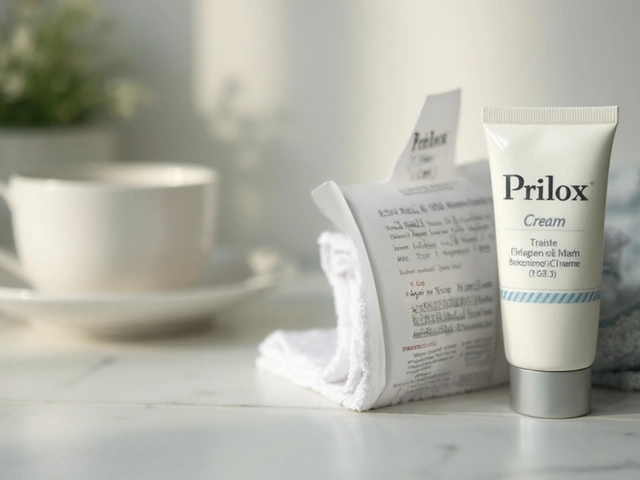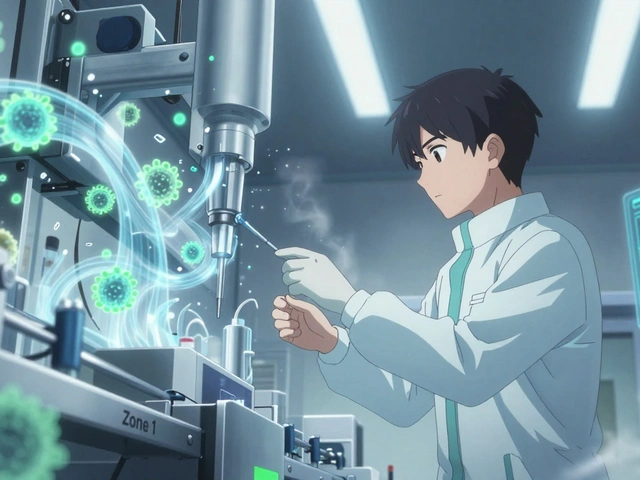Bleeding Control: What to Do Right Now
Bleeding can look worse than it is, but heavy bleeding can kill fast. If you or someone near you starts bleeding heavily, act quickly: stop the flow, protect the wound, and get help.
First, expose the wound. Remove clothing only enough to see where blood is coming from. Use gloves or a clean barrier if you have them. Apply firm, direct pressure with a sterile dressing, towel, or your hand. Keep pressure until bleeding slows—don't peek every few seconds.
If blood soaks through, add more dressings on top. Do not remove the original pad because it helps clotting. If the wound is on a limb and direct pressure fails, elevate the limb above heart level while keeping pressure. Elevation helps reduce flow but doesn’t replace pressure.
For severe limb bleeding that won’t stop, use a tourniquet 2–3 inches above the wound, never over a joint. Tighten until bleeding stops and write the time you applied it. A commercial tourniquet is best, but a wide cloth or belt can work in a pinch. Tourniquets can save lives, so don’t avoid one out of fear.
Deep or large wounds may need packing. Push clean gauze or cloth firmly into the wound cavity and continue direct pressure. Packing helps when direct pressure and tourniquets aren’t possible, like with junctional wounds near the groin or armpit.
Nosebleeds, Minor Cuts, and Special Cases
For nosebleeds, sit up and lean forward. Pinch the soft part of the nose for 10 minutes and breathe through your mouth. Don’t tilt your head back—blood can run into the throat. For small cuts, clean with water, apply pressure, and cover with a bandage.
If someone has an impaled object, do not remove it. Stabilize it with dressings on both sides and apply pressure around the object. If bleeding is internal (bruising, belly pain, coughing/vomiting blood), call emergency services right away.
When to Call for Help and What to Watch For
Call emergency services if bleeding is heavy, won’t stop after 10 minutes of firm pressure, or if the person shows signs of shock—pale skin, rapid heartbeat, weak pulse, confusion, or fainting. Also call for head wounds, deep animal bites, or if the injured person is on blood thinners.
Keep the person warm and lying still. Elevate their legs if they show shock, unless you suspect a spinal injury. Monitor breathing and consciousness, and be ready to start CPR if they stop breathing.
Trainings like Stop the Bleed and basic first aid teach hands-on skills that make a real difference. A simple bleeding control kit—gloves, gauze, adhesive tape, a tourniquet, and a bandage—can turn you from a bystander into someone who saves a life. Know where your kit is and refresh your skills regularly.
People on blood thinners bleed more and should carry medical ID and a list of meds. After first aid, follow up with a doctor even if bleeding stops. Hospitals can check for hidden injury and give treatments like stitches or transfusion.

Oxymetazoline Hydrochloride: How It Improves Dental Procedures
Oxymetazoline hydrochloride isn't just for stuffy noses—dentists rely on it to control bleeding and make procedures smoother. This article explains why oxymetazoline hydrochloride is popping up in dental clinics, how it helps with anesthesia, and top tips for safe use. Curious about the science behind it or if it could make your next dental visit easier? Here’s everything you need to know.
Detail




